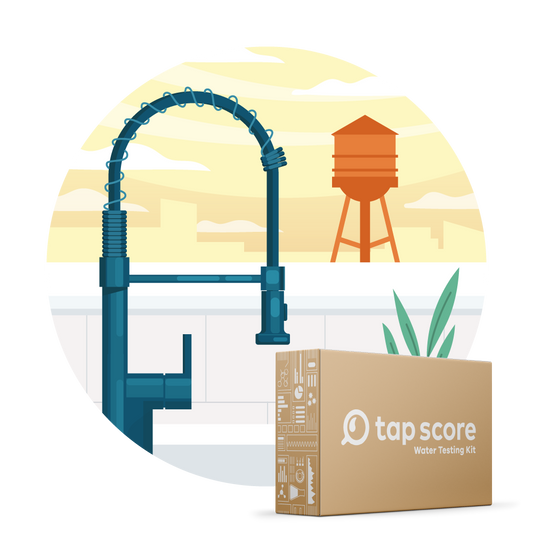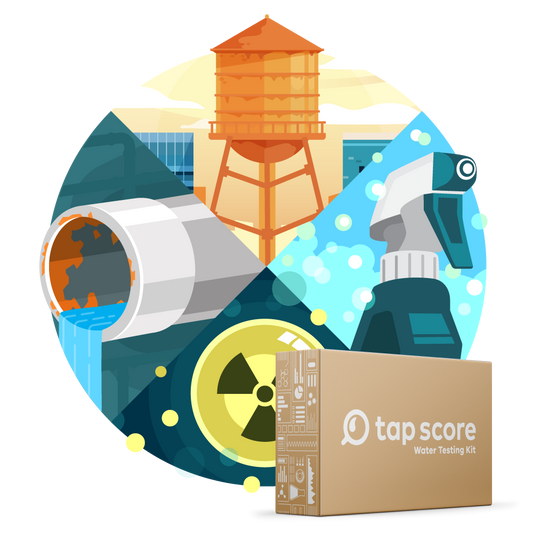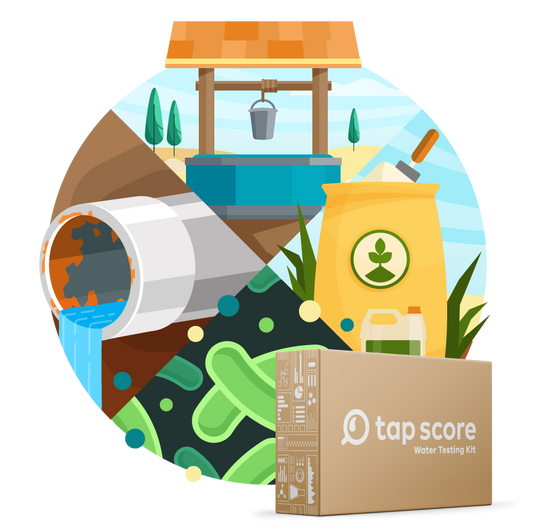
Are Parasites in Drinking Water Making Me Sick?
Our blog is written by real experts— not AI. Each guide is carefully reviewed and updated based on the latest research. Plus, with no affiliate links, you can count on unbiased insights you can trust.
You may have heard discussion of parasites in drinking water as the underlying cause for a range of common symptoms — everything from fatigue to acne to mood swings. In this article, we’ll dig into what a “parasite” is in this context, how likely it is for parasites to be found in tap water, and what you can do to avoid them.
Table of Contents
- What Are Parasites?
- Are There Parasites in My Drinking Water?
- How Can I Avoid Parasites in Water?
- What’s the Takeaway?
- Learn More
What Are Parasites?
While the word “parasite” has a very specific meaning in the scientific community as it relates to drinking water, the word is used online in a much more general way to refer to any unwanted organism.
This could include organisms that scientists would formally consider parasites (which live in a host and derive their nutrients at the host’s expense)[1], such as the protozoa Giardia, Cryptosporidium and Toxoplasma. But it could also refer to other infectious organisms like Naegleria fowleri (the “brain-eating amoeba”), and even the commonly discussed “rope worm” that doesn’t seem to correlate to a specific organism.
By using the word parasite in this very general manner, pretty much any organism found or suggested to be present in drinking water can be called a parasite.
Are Parasites in My Drinking Water?

It is unlikely that there are infective organisms in your drinking water, especially if your tap water comes from a large, municipal source. In fact, Giardia and Cryptosporidium are specifically regulated in municipal water systems and are not typically an issue. The other organisms discussed above, Toxoplasma and Naegleria fowleri, are not transmitted through consumption of drinking water in general.
- In unregulated and/or untreated waters, you are more likely to encounter Giardia, Cryptosporidium and Naegleria fowleri.
- Naegleria fowleri is transmitted nasally (i.e., when someone gets water up their nose), often from contaminated water in nettie pots or swimming in recreational waters.[2]
- You may encounter Giardia and Cryptosporidium in untreated water if, for example, you drink untreated surface water or well water that has been impacted by surface water.
- Toxoplasma is typically transmitted through cat feces, contaminated meat, or soil.[3]
How Can I Avoid Parasites in Tap Water?

Parasites are not much of a concern in tap water for most people, especially if they are on a municipal supply.
If you find yourself in untreated recreational water, make sure not to swallow water and to avoid getting any up your nose. Use purified or distilled water in nasal irrigation devices such as neti pots.
Should I Worry About Parasites in Well Water?
If you use a private well, make sure to adequately treat your water to minimize risk. Proper regular maintenance is vital to protecting your well water quality. This goes doubly for water in emergency situations and in the backcountry as well. Standard treatment practices will handle most organisms that are of concern in drinking water.
What’s the Takeaway?
- “Parasite” is used as a loose term online to refer to any unwanted organism in water.
- You are not at risk of infection from parasites in drinking water as long as your water is treated adequately.
- You may be at risk of infection in untreated, recreational waters so be careful not to swallow or inhale water.
Want to Learn More?
If you want to learn about organisms in water, check out the following blog posts:
- Quick Guide: Pathogens in Drinking Water
- Quick Guide: Coliform Bacteria in Well Water
- Quick Guide: Spring Water
- Legionella in Drinking Water: What You Need to Know At Home or Away
- Floodwater Contamination: The Hidden Dangers to Drinking Water Safety
- When Is It Safe to Swim? Staying Healthy and Safe in Recreational Waters
- Is Raw Water Safe to Drink?
Still have questions? Contact us any time at hello@gosimplelab.com or chat with us live.









